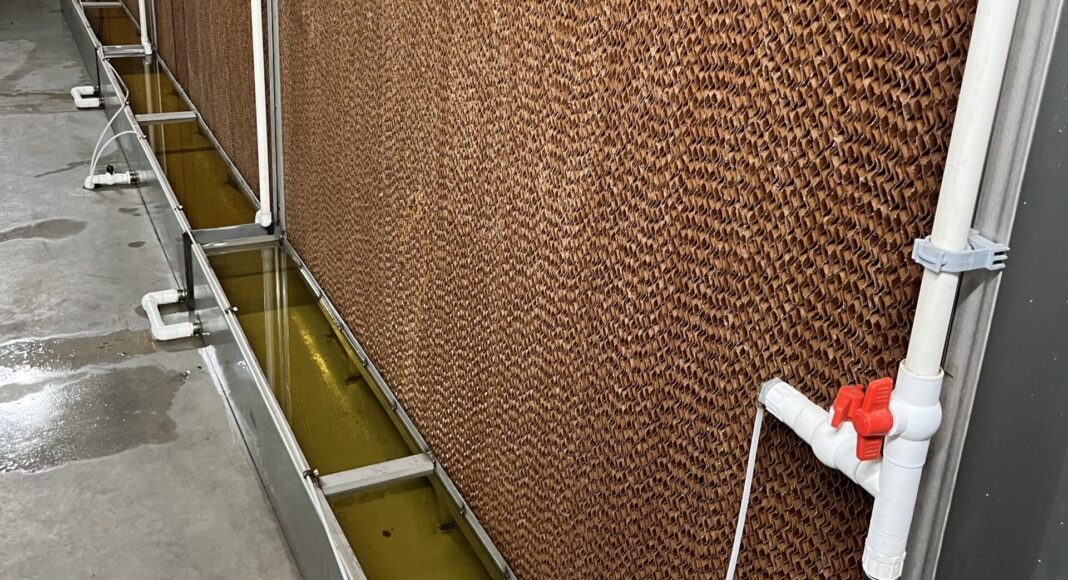There are few things more frustrating for a potato producer than shipping what looks like a beautiful, low-cull load of potatoes, then receiving lower-than-expected returns. What went wrong? The most common answer is pressure bruise.
Most producers know that pressure bruise is a depressed and flattened area on a tuber’s surface that develops during storage. Soft and circular, a pressure bruise can be as small as a quarter of an inch in diameter to as large as several inches and up to half an inch deep, enlarging over time.
The challenge with pressure bruise is that, unlike more obvious quality concerns like rot, blackspot, and shatter bruise, pressure bruise isn’t easily visible from the outside of the potato. Instead, it becomes easily noticeable only after the storage is emptied and a tuber is peeled.
Pressure bruise loss isn’t only seen in higher trim losses and lower efficiency at the plant, it also plays a major role in shrink and can, once potatoes are processed, impact quality and marketability of the final product.
Pressure bruise occurs when tubers become dehydrated and are then, as the name suggests, squeezed or pressured during storage. The dehydration can occur either due to low soil moisture leading up to harvest or inadequate humidification in storage. Pressure bruising occurs most often at the bottom of a pile due to the weight of the pile, but can also occur when tubers are pushed against sidewalls, bulkheads, culverts, etc.
Immature tubers and wounded/skinned tubers are at particular risk, but any tuber can be affected if adequate humidity is not maintained. Cooling warm tubers (greater than 60 F), especially without adequate added humidity, is particularly risky because the air warms when exposed to the warm tubers, causing the relative humidity to decrease.
There are methods to decrease pressure bruise, though some come with their own downsides.
At Harvest
Unless significant rain is in the forecast, irrigate four to six tenths of an inch one to three days ahead of harvest if field conditions are dry. Avoid harvesting with tuber pulp temperatures greater than 60 F.
Before Storage
Potatoes stored in storages with inadequate /low humidity should be delivered earlier: please talk to your field rep.
During Storage
Since the majority of shrink and pressure bruise occurs during the first 30 days of storage, keep a very, very close eye on your pile when it first enters storage. Keep piles to no more than 18 feet in depth – admittedly, a challenge for some when crops are large. Keep storage humidity at 95 per cent RH, beginning humidification as soon as the pile is stabilized so long as potatoes were healthy going into storage. Let me repeat that again because it’s so important: unless you see rot, flip that humidification on switch right away, even if potatoes came out of the ground fairly moist. Utilize VFD’s to maintain a 1 F to 2 F differential between the top and bottom of the pile.
Pressure bruise is an avoidable loss, and you and your processor both will both be a whole lot happier without it.











